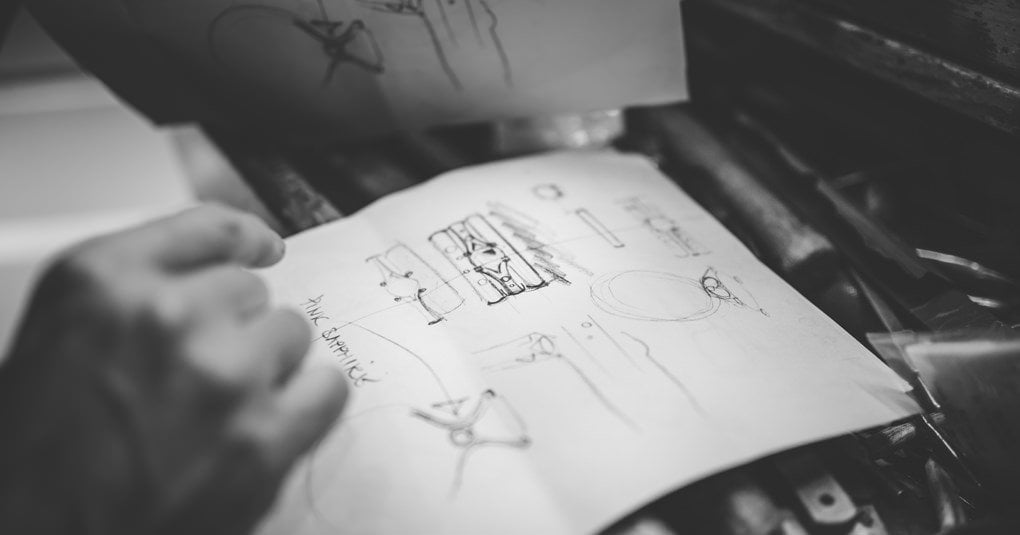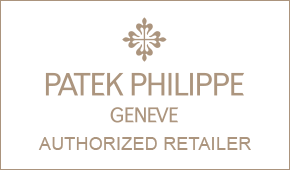Jewellery occupies a sentimental place in all our hearts; what better way to delight, honour, celebrate or remember a loved one than with a custom-made piece that is as unique as you are?

The allure of the elusive is powerfully intoxicating and at times, we often desire what we cannot have. But what if we could? What if we could have anything we wanted, and the only limitation was our imagination? Welcome to the world of bespoke jewellery commissions.
Commissioning a custom-made piece of jewellery is no passing trend. In the days when making products for the mass market was but a twinkle in an ambitious merchant’s eye, the majority of jewellery was made to order for individual customers. This business model is making a comeback as customers start to scrutinise more closely from where the products they buy originate. As such, the industry has seen an increase in demand for quality, bespoke goods that will stand the test of time and few products deliver this better than fine jewellery.
Well-crafted jewellery collections showcase quality craftsmanship and the artistry of a beautifully-realised piece of jewellery, but what is really keeping goldsmiths busy at the bench is the market for jewels that can be personalised, customised or imagined from scratch so they are completely unique to their owner.
If you’re yet to commission your first bespoke piece of jewellery, you might make the assumption that it will be vastly more expensive than one of the jewels ripe for the picking in the cabinets, but this is not always the case.
“We can work around any budget,” says David M Robinson goldsmith Dawn Welch, who adds that such commissions work particularly well for customers who want to remodel jewellery. “Recently a lady came in with her engagement ring, wedding ring and late husband’s wedding ring, all to be melted together to make a dress ring. She chose to have a heart-shaped amethyst added to represent their love and their shared birthstone. It was such a lovely way to use the items and to remember her late husband.”
Demand for bespoke jewels is definitely on the rise at David M Robinson, according to chairman and owner David Robinson. “We have six goldsmiths in the company, probably more than any other regional jeweller,” he says, “and two CAD designers who spend all their time working from my designs, producing prototypes and models for our customers to approve.”
For those not familiar with the term, CAD – an acronym describing computer-aided design – is used to describe a type of software that allows jewellers to digitally plan out designs. “It takes a confident person to approve a design without seeing the final piece finished,” says David. “That’s why CAD is such a wonderful asset to our business. Initial sketches are still being approved, but the customer can now view CAD images, which are as precise as a professional photography image. We can also produce a resin model to show them exactly the size and volume of the finished piece.” It really is a glimpse into the future.
Another interesting new technology being used by the design teams at David M Robinson is 3D printing.
Despite the company’s values being deeply rooted in tradition, the jewellery industry has been embracing this new technique and it is now easier than you might think to print your own piece of jewellery, or at least commission a jeweller to print it for you.
Here comes the science. This fascinating piece of tech works in a similar way to your printer at home but, rather than feeding paper and ink into this printer, the technicians use resin instead. Just as your computer knows how to turn a digital Word document into a tangible sheet of printed paper, the 3D printer, rather incredibly, ‘knows’ how to print jewellery, building it up step by step. As each layer of resin is laid out, lasers heat and solidify it before the next layer is applied. And so on and so forth, until the piece is completed and cast in metal using the ‘lost-wax’ casting process.
“Goldsmiths add the personal touch and put the printed pieces together, putting the soul into the finished piece.”
What this sort of technology lends itself best to are complex designs that would be too time-consuming, and therefore more expensive, to do by hand, such as a pair of bike cufflinks that David M Robinson recently used 3D printing to create.
But never fear; the traditional artisans are not about to be replaced by lasers and robotic machines. Once the jewel has been cast, the design will be perfect but the finish will be rough, so it’s back to the goldsmith to be set and polished. “People have been working with their hands since the beginning of time and that won’t stop,” says Dawn. “Goldsmiths add the personal touch and put the printed pieces together, putting the soul into the finished piece.”


Showrooms



